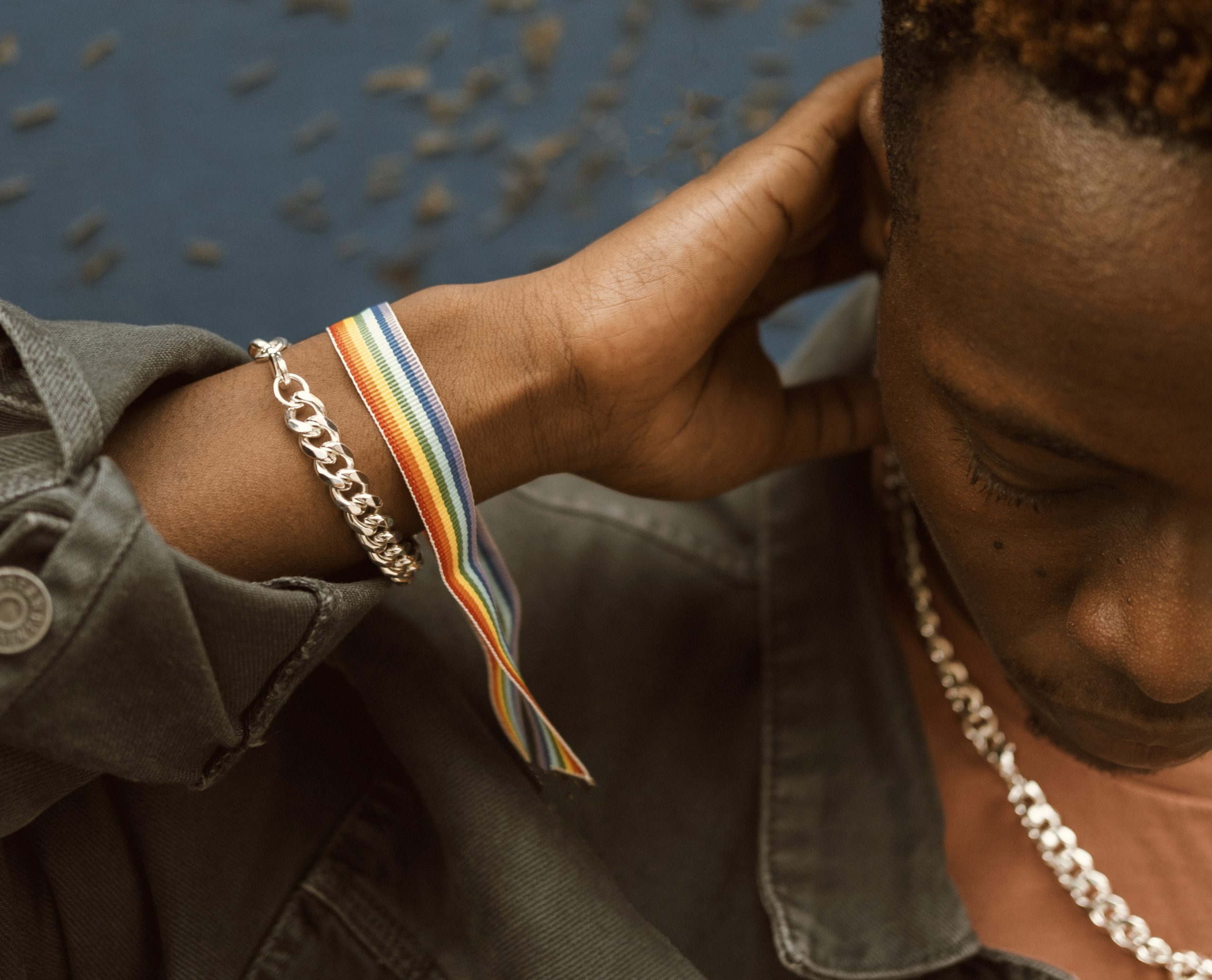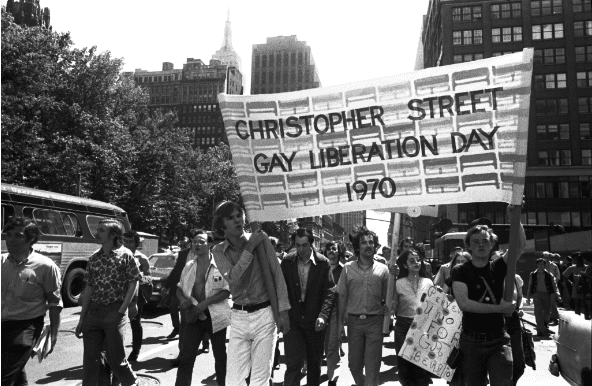What It Means to Be Manly Today
What does it really mean to be “manly”? According to the stereotype, a real man is “unemotional, strong, and stoic;” he’s a protector that doesn’t ask for help and never shows vulnerability. A “real man” wears clothes designated to him by gender norms, and his hairstyle matches the role placed on him, as well. However, research proves that these traditional expectations of masculinity can have harmful consequences on men. In this blog, we will explore the role of masculinity throughout history, its effects on mental health, and how ‘toxic masculinity’ is being dismantled in modern culture.
Changing Gender Roles in History
Ideals of masculinity have changed dramatically over time. As men have adapted to changing conditions, fashions, and shifting views about sexuality, the boundaries of manhood have also changed. It might be argued that men have long competed with themselves, encouraged to measure their behavior against that of a perfect model of masculinity.
Here’s a brief exploration of male gender roles throughout history:
Ancient Egypt
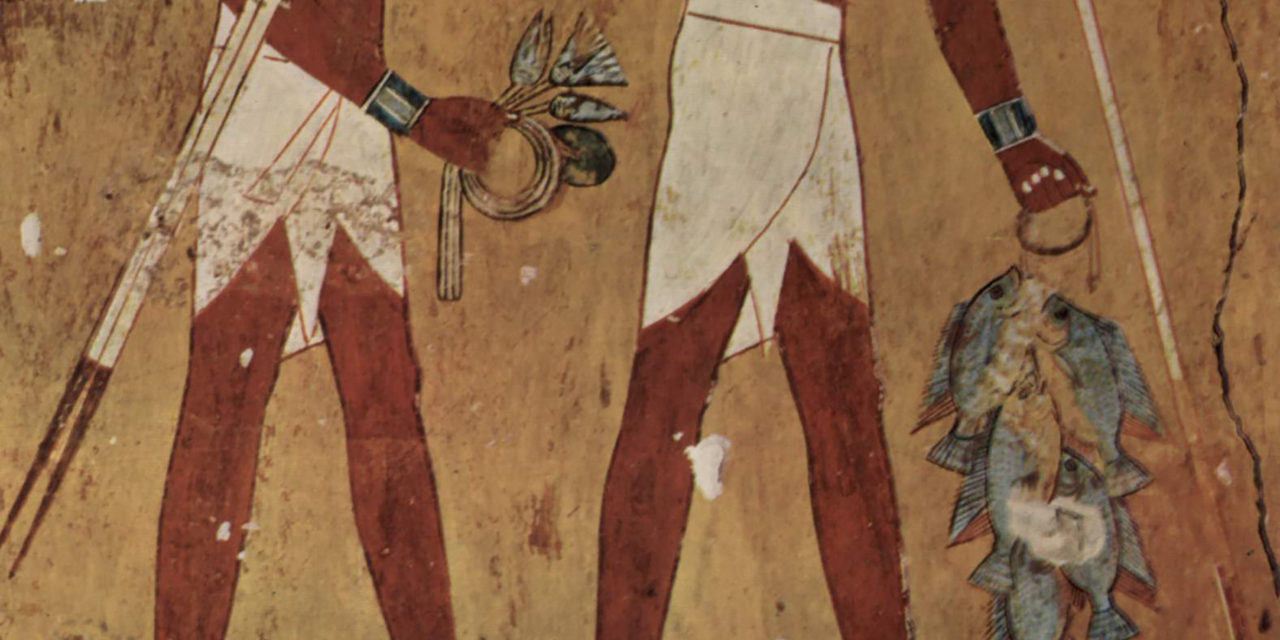
Pictured: Ancient Egyptian men wearing shentis, which are similar to skirts Source: Fashion History
In Egypt, gender roles were fluid in terms of fashion, self-care, and makeup. Egyptian men often wore knee-length shirts, loincloths, or kilts made of linen. Both sexes also wore eye make-up, most often outlining their lids with a line of black kohl.1
Ancient Egyptian men had certain privileges similar to most traditional societies. However, there was not a huge disparity between the status of Egyptian men and Egyptian women. Both the men and women worked and earned wages regardless of their sex.2
Ancient Rome

Pictured: Ancient Roman men wearing tunicas Source: Pinterest
Fast-forward to the 1st century AD when Roman men were known to apply red pigment to their cheeks and paint their nails using an elixir of pig fat and blood. The basic garment for both genders was the tunica, with pants not being popular as they were considered impractical.3
Unlike Ancient Egypt, though, the social infrastructure of Ancient Rome allowed for men and women to be different socially, politically, and physically. Roman men were the most important in the household. They had more rights, more education, and more opportunities for outside jobs.4
The Middle Ages
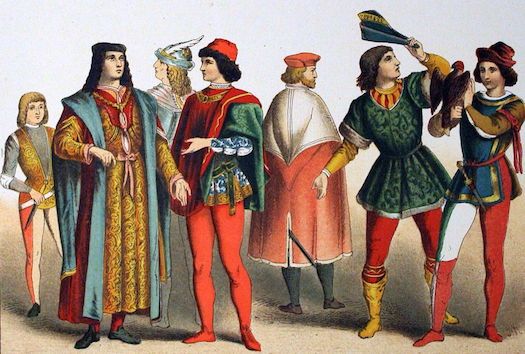
Pictured: Men in the Middle Ages wearing stocking undergarments with short hemlines Source: Pinterest
In the Middle Ages, both men and women continued to wear very similar clothing. Male attire during this time was dominated by short hemlines paired with stockings worn as outer leg wear. Cosmetics were also still worn by men to stave off the appearance of old age.5
Men in the Middle Ages were known to be active, martial, and violent, and were considered the breadwinners and the most important people in the family unit. Women endeavored to please the men around them and were often subservient to their needs.6
The Victorian Era
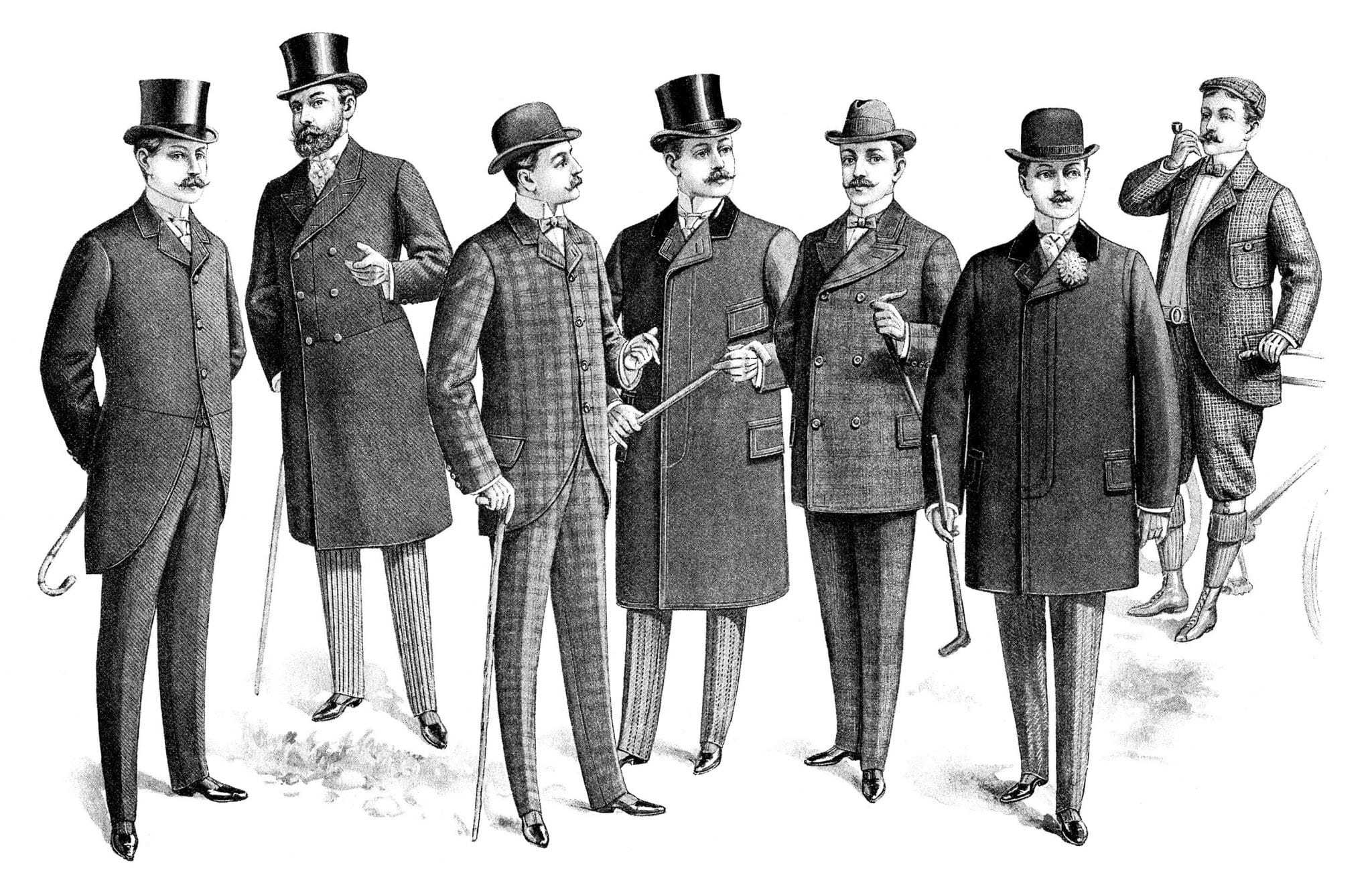
Pictured: Victorian men wearing jackets and trousers Source: Vintage Fashions
In the Victorian era, the clothing divide between genders really took off. Men commonly wore waistcoats, vests, and trousers, while women donned corsets and gowns. Makeup was also frowned upon for both genders as Queen Victoria associated makeup with the devil and declared it a horrible invention.7
The Victorians saw manliness as good, a form of control over maleness, which was brutish. Work was crucial to achieving this ideal masculine status, along with being spiritual and a faithful believer. As the head of the household, the ideal Victorian man was not only to rule but also to protect his wife and children.8
The 1960s to the 1990s
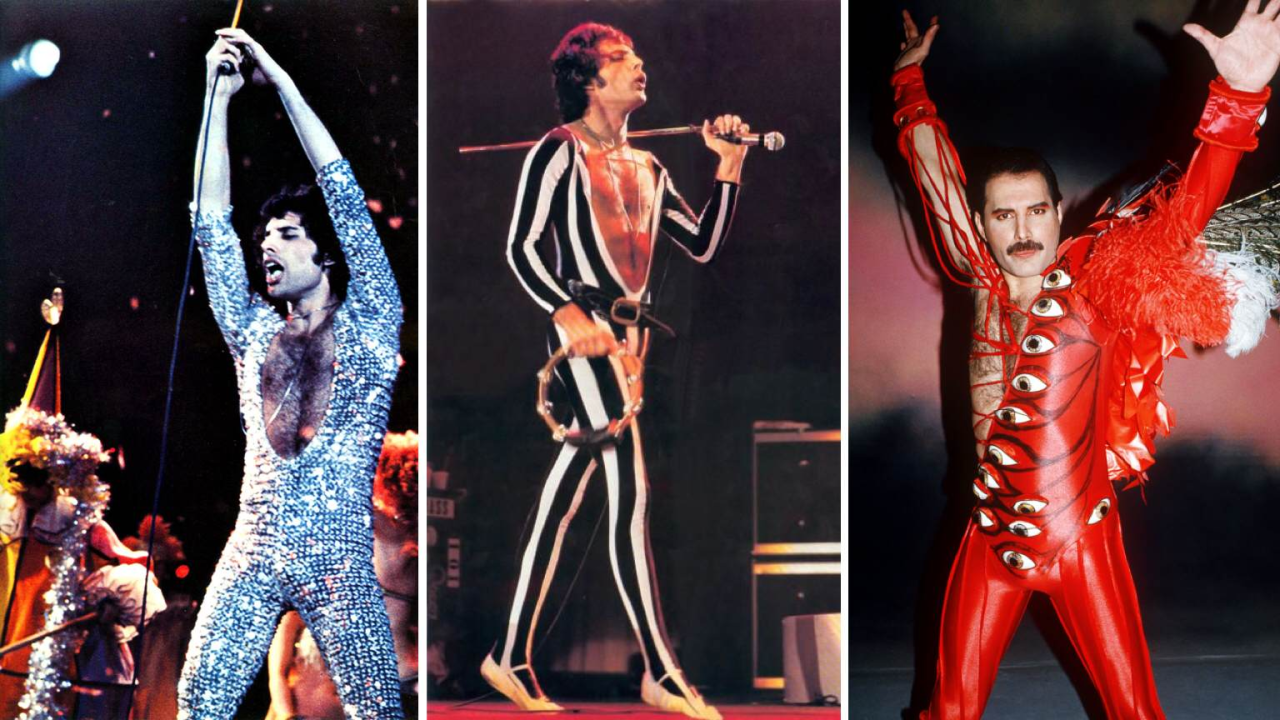
Pictured: Freddie Mercury’s eccentric outfits Source: Glam Rock
Celebrity culture and the media were incredibly influential in defying Western gender norms when it came to fashion throughout the 1960s to the 1990s. Freddie Mercury, for example, charmed the crown with his various eccentric on-stage costumes, while David Bowie confidently showed up in head-turning androgynous wear for red carpet and casual events.9
However, in the 1960s, men were still expected to be providers, fully engaged in the rat race while remaining upstanding citizens, fathers, and husbands. While women did work, men were still known to be the head of the household well into the 1990s.10
Today
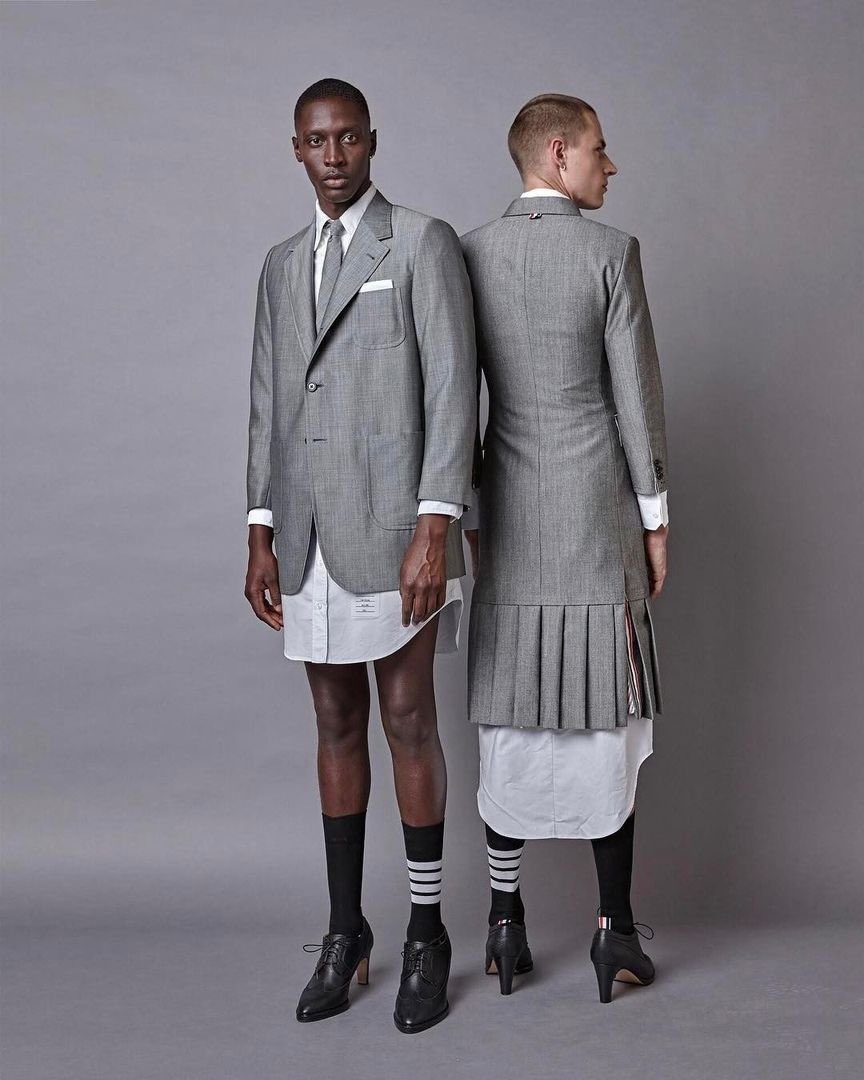
Pictured: Gender fluid fashion is on the rise Source: Twitter
In the past decade, fashion brands have increasingly produced gender-fluid collections to meet consumer demand. In fact, in 2019, 56% of Gen Z consumers shopped “outside their assigned gendered area.”11 In addition, many of the most popular online makeup artists are male, such as Manny Mua and Bretman Rock.
Today, perhaps more than ever, a man can be whomever he wants to be. He has the choice to become more than a caricature of what a man is “supposed” to be. We are also seeing men take on roles that were once designated solely for women. For example, the US now has its first-ever Second Gentleman in Douglas Emhoff.
But while we’ve come a long way in dismantling gender norms, the perils of the age-old gender roles still have a firm grasp on many modern men.
The Pressures of Being Manly Today
As well as being PRIDE month, June marks Men’s Mental Health Awareness month, a time to bring representation to the issues that men face in terms of their emotional and mental wellbeing. According to a 2015 survey, around 10% of men in the United States navigate depression, but less than half have sought out treatment or support.12 This may be due to the ingrained idea that having feelings or symptoms of mental health conditions and asking for support is less masculine.
James Rodriguez, LCSW and Director of Trauma-Informed Services at the NYU McSilver Institute for Poverty Policy and Research, says, “It’s difficult for some of my male clients to just relax, breathe, and be calm. Traditional masculinity can lead to bottling things up. Some even directly express the belief that they cannot let their guard down for fear of losing their edge.”
Many therapists are combating this view, encouraging men and masculine folks to center their mental health. For example, James Harris, LCSW and founder of the movement “Men to Heal,” tries to break down the stigma surrounding mental health through clinical work in his book, Man, Just Express Yourself: An Interactive Planner Guide for MEN, Young and Old.
Still, mental health professionals and advocates stress that there isn’t a one-size-fits-all solution and that every person comes with a different set of experiences and backgrounds.
“When we talk about traditional masculinity or harmful masculinity, it’s important to do so without stereotyping men. We must recognize that masculine identity intersects with race, class, culture, sexual orientation, gender identity, and a host of other identities that vary by each individual,” says Rodriguez.
Because of this, it can be useful for intentional conversations around healthy masculinity to be culturally competent and specific. One prominent example is Jayson K. Jones, social worker and assistant director of the McSilver Institute’s Clinical Education and Innovation Department at NYU.
Jones founded and hosts a podcast called Black Boys & Men: Changing the Narrative, in which he discusses with others the copious stereotypes and expectations placed on Black boys and men, including those around masculinity.
Like Jones, advocates often highlight the importance of reaching young men and helping them redefine what masculinity means.
“With young men, in particular, traditional masculine ideology may lead them to engage in riskier health behaviors, such as alcohol or drug misuse, driving at high speeds, or engaging in violence,” says Rodriguez. “It can also result in eating poorly, avoiding doctors, or otherwise not attending to their own health needs or seeking help when something is wrong.”
Brands Challenging Perceptions of Masculinity
Major brands have launched campaigns reflecting the nuanced uniqueness, sensitivities, and vulnerabilities of ‘the everyman’. Here are examples of male brand campaigns that have challenged previous perceptions of masculinity:
Schick’s “Be You. No One Else Can.” Campaign

Pictured: Schick’s “Be You. No One Else Can.” Campaign Source: Forbes
Schick launched the “Be You. No One Else Can.,” campaign to combat the fact that research showed that 2 out of 3 men felt pressure to “act like a man” and don’t believe the media shows an accurate depiction of men. Schick is implementing the campaign as part of a major rebrand, which focuses on men’s individuality and self-expression.
Schick commissioned a study showing that 8 in 10 men don’t want brands telling them how to be an individual, while 85% report that they prefer to see real, ordinary men in ads. Moreover, Schick’s new positioning is informed by its finding that 81% of men would prefer brands to celebrate them for who they are instead of asking them to change.
You can check out the campaign here.
Dove Men + Care’s “#DearFutureDads” Campaign
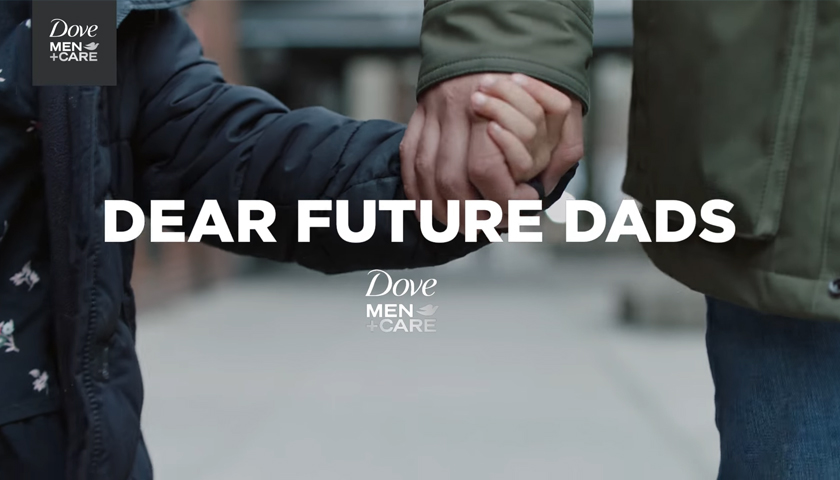
Pictured: Dove Men + Care’s “#DearFutureDads” Campaign Source: Ethical Marketing News
Dove Men + Care launched a campaign called “#DearFutureDads” that frames modern masculinity by the way men care. Within the campaign, Dove Men + Care championed paternity leave for all dads.
Societal stigmas around taking leave, fear of repercussions at work, and lack of paid leave often prevent many dads from staying at home. This campaign sought to change the conversation and demonstrate how paternity leave is important for all: children, men, women, families, and society.
The campaign also encourages dads to visit the brand’s website for information and resources for those considering taking paternity leave, which can be found here.
You can check out the campaign here.
Philips “Makes Life Better” Campaign

Pictured: Philips “Makes Life Better” Campaign Source: Ogilvy
Targeting men in the male grooming category, the new Philips campaign, “Makes Life Better,” features the Mieskuoro Huutajat (“Shouting Men”) of Oulu, Finland in a performance of orchestrated shouting (in Finnish with English subtitles).
The “Makes Life Better” campaign is unique as it creates a contrasting image between the seemingly aggressive act of shouting and the calming, reassuring words that reveal a multi-dimensional modern man. In a press release, Philips says the campaign is themed around making life better for men by creating an environment for them to be true to themselves.
You can check out the campaign here.
Celebrities Flipping the Script on Masculinity
Though the healthy masculinity and gender fluid bandwagon has been slow to start, there are quite a few celebrities who are starting to get the ball rolling, such as:
Harry Styles
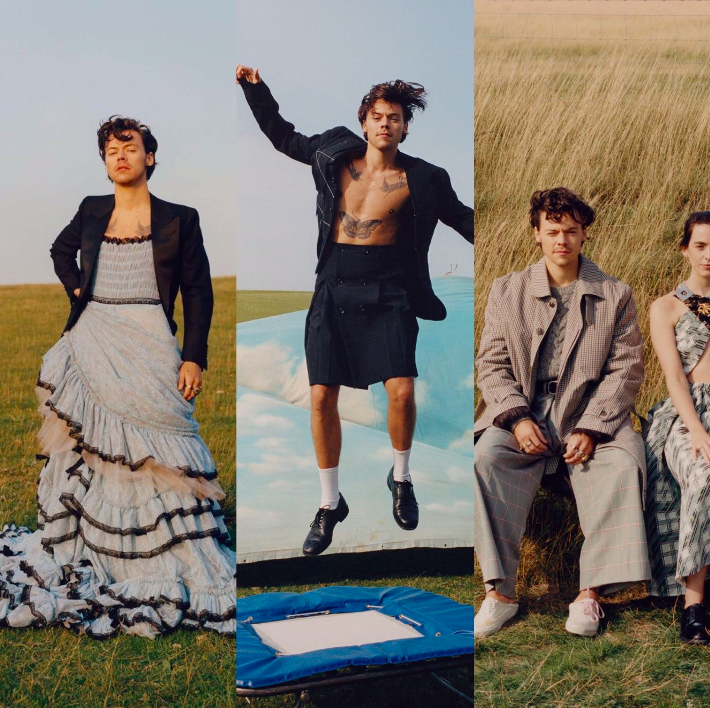
Pictured: Harry Styles for Vogue Source: Carbon Magazine
Harry Styles is all about breaking gender barriers when it comes to fashion; he loves to experiment with his look. In November 2020, Harry made fashion history when he fronted Vogue as the publication’s first solo male cover star, in a Gucci gown no less. Before that, he turned heads when he freed the nipple at the 2019 Met Gala.
In an interview with L’Officiel, Harry said, “Many gender borders are falling – in fashion, but also in music, films, and art. We no longer need to be this or that; these parameters are no longer as strict as before, and it gives rise to great freedom. It’s stimulating.”
Jaden Smith
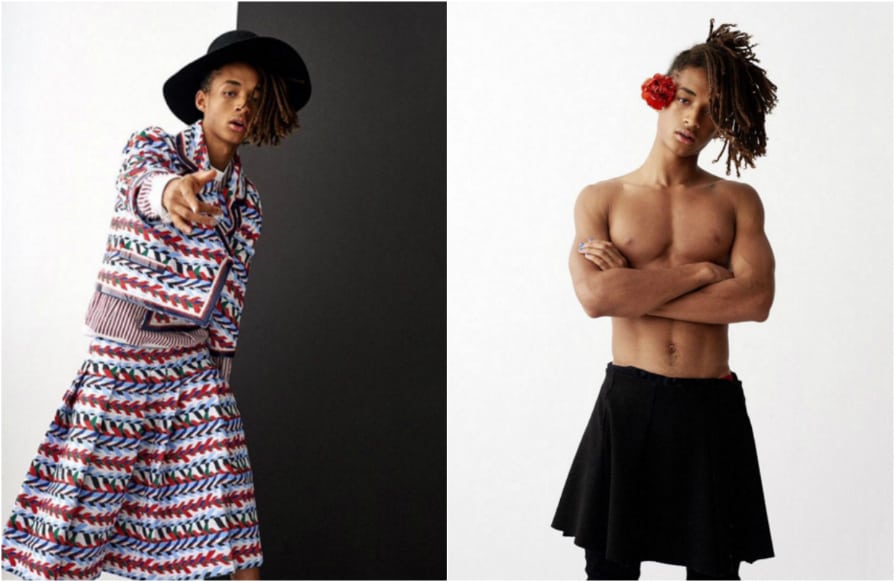
Pictured: Jaden Smith Source: BUNow
Having grown up under the scrutiny of the public eye, Jaden Smith hasn’t been afraid to experiment with his identity or style, and when asked about his often gender fluid clothing preferences, Smith told GQ, “I feel like people are kind of confused about gender norms. I feel like people don’t really get it.”
Jaden utilizes his platform as a public figure to effect social change and deconstruct ideas of toxic masculinity so that, as he explained in an interview with Nylon Magazine, “In five years when a kid goes to school wearing a skirt, he won’t get beat up and kids won’t get mad at him.”
Terry Crews
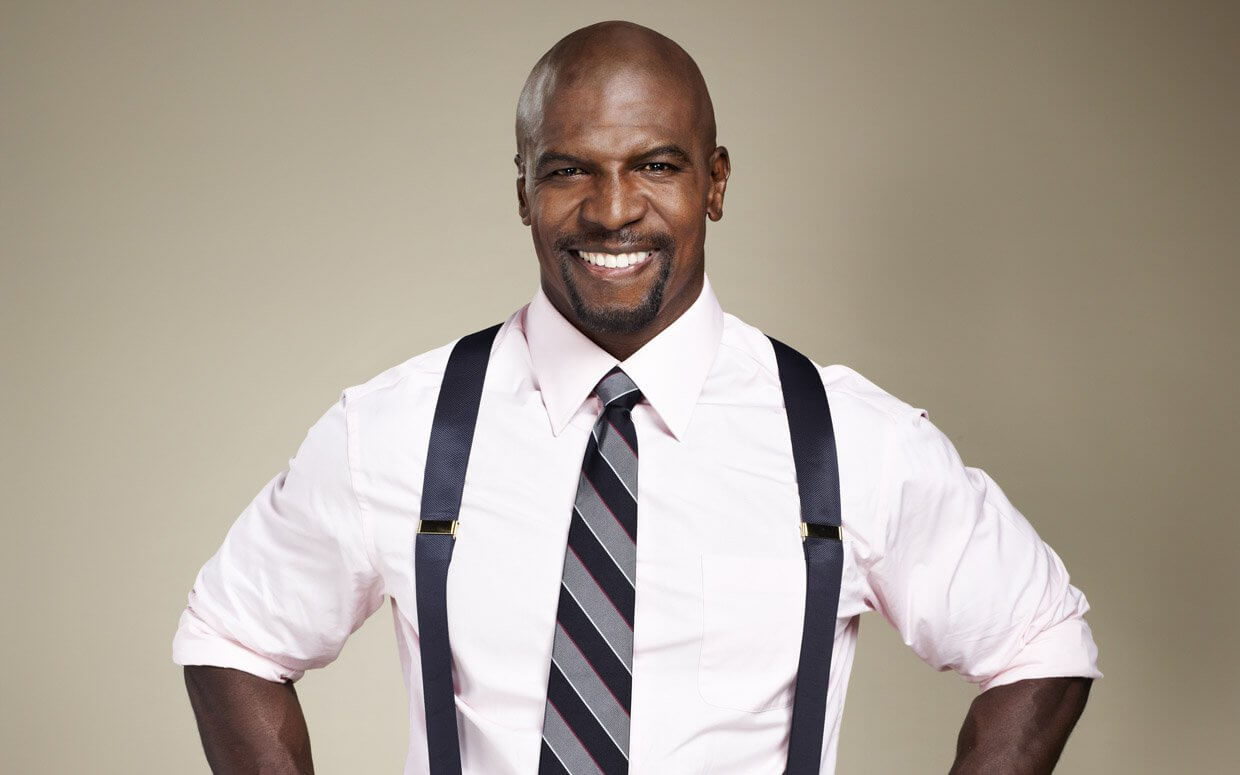
Pictured: Terry Crews Source: Dame Magazine
Terry Crews has been a constant advocate for healthy masculinity, whether it’s as his current character Terry Jeffords on NBC’s Brooklyn Nine-Nine, where he plays a sensitive, emotional police sergeant and father of two girls, or through his prominent presence in the #MeToo movement. He sets a great example for men, showing that it’s completely okay to be hard on the outside and soft on the inside.
Jonathan Van Ness

Pictured: Jonathan Van Ness Source: Hears Tapps
Jonathan Van Ness, The Queer Eye breakout star, captured everyone’s hearts with his hilarious one-liners and that iconic mustache, but he’s also been on a public self-love journey. Along the way, he’s upped his fashion game by donning a plethora of gowns and skirts at industry red carpet events, such as this look, which he said was intended to “f**k a gender norm.”
PRIDE and the Beauty of Fluidity
Culture had previously been slow to change, but today, with our non-stop news cycle, social media feeds, and celebrations like PRIDE, minds are changing faster than ever before. PRIDE month, especially, has shown that masculinity is a spectrum that no one can characterize.
Today, we have the opportunity to consider individual differences and the growth we’ve shown in dismantling age-old definitions of masculinity and femininity. It’s more acceptable for men to feel unashamed when showing emotions and vulnerability; they can have pride in being themselves, including their own version of “manly.”
Gender roles aren’t set in stone and are as adaptable as culture; ever-changing and always progressing. While gender roles have always had a seat at history’s table, the time for a change is finally upon us. Your gender doesn’t define you; you do.
What are your thoughts on the evolution of gender roles, especially those relating to masculinity? Let us know in the comments.
References:
https://www.legendsandchronicles.com/ancient-civilizations/ancient-rome/men-of-ancient-rome/ [3][4]


